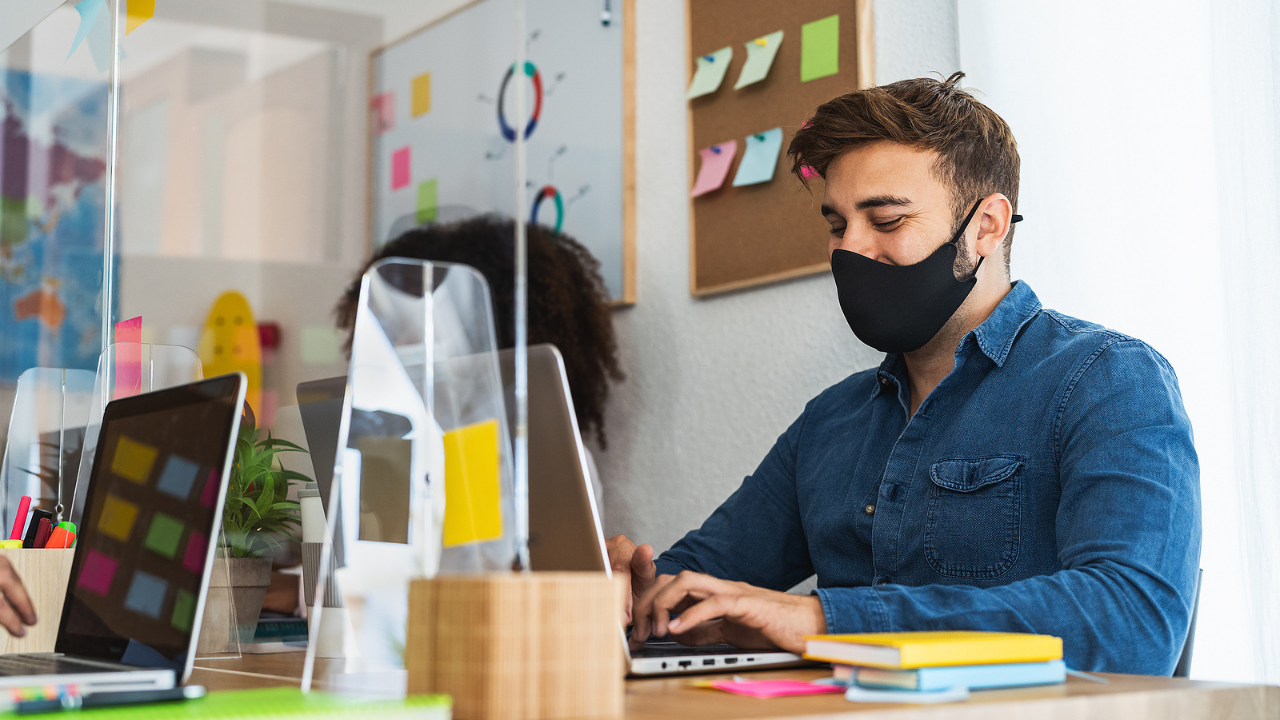Research has proven that neutral-colored offices and isolating cubicles have hindered the potential of employees in the workplace, which has led to companies completely transforming the way they design their spaces.
However, these changes mean more than improving the office aesthetic. For instance, Capital One’s annual Work Environment Survey has revealed that employees perform better and experience improved well-being when working in a well-designed office.
So how can business leaders make this change in a way that is not only pleasing to the eye, but also has a positive impact on the company’s operations?
First and foremost, the safety and health of employees should be top priority, especially in the era of COVID-19. This means implementing frequent sanitation practices, installing HVAC systems to circulate air, as well as touchless technology that can minimize the risk of spreading any virus.
This also means supporting the wellbeing of employees, particularly as mental health issues have spiked since the start of the pandemic.
Additionally, leaders need to make sure there are areas that support all employees’ work styles. This should include private areas with calm color tones for individual, focused work, as well as social areas that feature furniture that can be reconfigured easily for impromptu brainstorming sessions or collaboration.
“You have to have the right zones and layouts so that users can move intuitively throughout the space,” said Ginny Johnston, manager of workplace strategy at Capital One. “It’s a more humanistic approach to workplace design.”


 Dr. Gleb Tsipursky – The Office Whisperer
Dr. Gleb Tsipursky – The Office Whisperer Nirit Cohen – WorkFutures
Nirit Cohen – WorkFutures Angela Howard – Culture Expert
Angela Howard – Culture Expert Drew Jones – Design & Innovation
Drew Jones – Design & Innovation Jonathan Price – CRE & Flex Expert
Jonathan Price – CRE & Flex Expert











